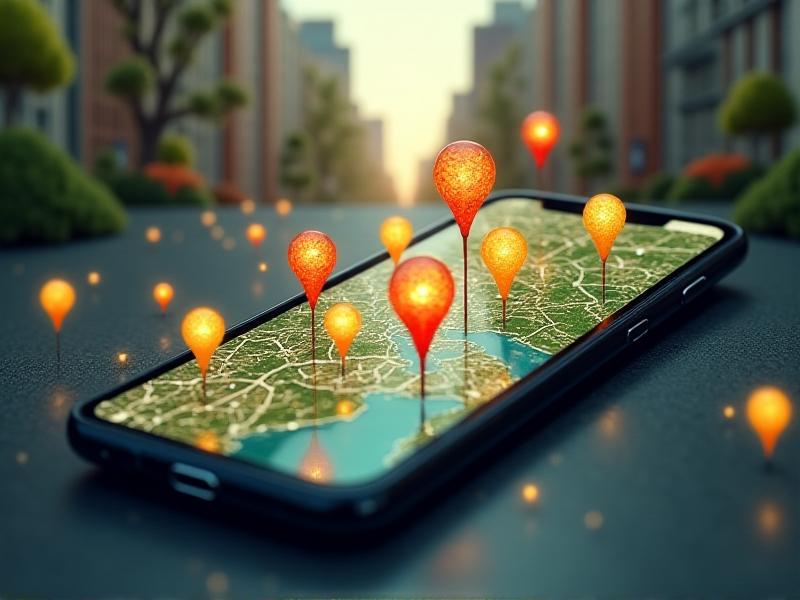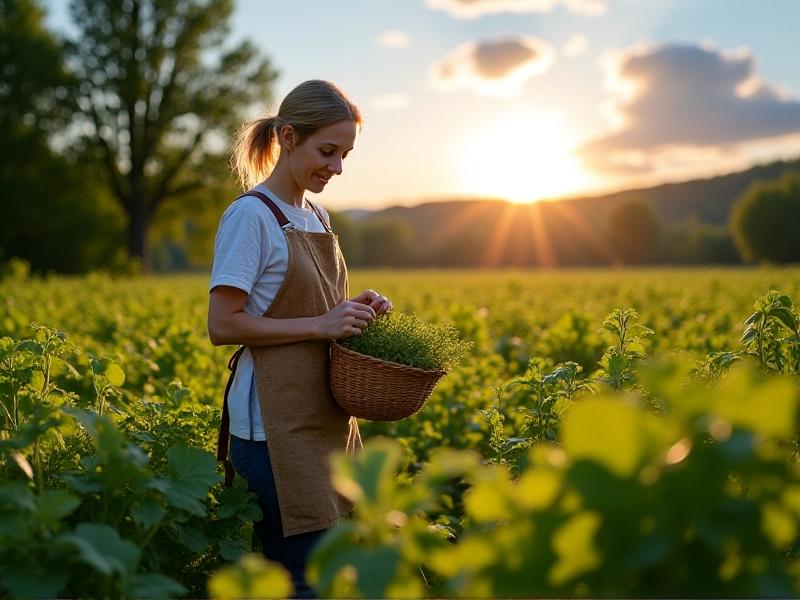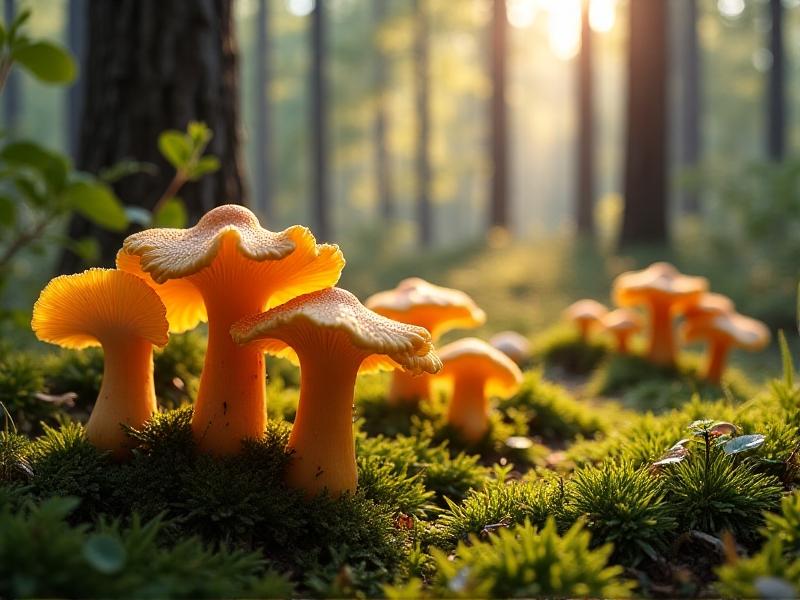Integrating GPS Technology into Neighborhood Wild Food Databases
The Rise of Wild Food Foraging in Urban Neighborhoods
In recent years, the practice of foraging for wild foods has seen a resurgence, particularly in urban and suburban neighborhoods. This revival is driven by a growing interest in sustainable living, local food systems, and reconnecting with nature. Wild foods, such as berries, mushrooms, and edible plants, offer a unique way to supplement diets with nutrient-rich, free, and often overlooked resources. However, finding these foods in urban environments can be challenging, especially for those unfamiliar with local flora.
This is where technology steps in. Integrating GPS technology into neighborhood wild food databases has the potential to revolutionize the way people forage. By mapping the locations of wild food sources, these databases can make foraging more accessible, efficient, and safe. Imagine walking through your neighborhood with a smartphone app that pinpoints the nearest blackberry bush or patches of wild garlic. Such tools not only empower individuals to explore their surroundings but also foster a deeper connection to the environment.

How GPS Technology Enhances Wild Food Databases
GPS technology has become a cornerstone of modern navigation, and its application in wild food databases is both innovative and practical. By using GPS coordinates, these databases can provide precise locations of wild food sources, making it easier for users to find them. This precision is particularly valuable in urban areas, where wild food sources are often scattered and hidden among parks, vacant lots, and even sidewalk cracks.
One of the key advantages of GPS integration is real-time updates. Foragers can contribute to the database by adding new locations or updating existing ones, ensuring the information remains current and accurate. This collaborative approach transforms the database into a living resource that grows and evolves with the community. Additionally, GPS technology can help users navigate safely by providing routes that avoid hazardous areas or private property.

Building a Community-Driven Wild Food Database
At the heart of any successful wild food database is a strong, engaged community. Encouraging local residents to participate in mapping and sharing information fosters a sense of ownership and collaboration. Community-driven databases thrive on the collective knowledge of foragers, gardeners, and nature enthusiasts who contribute their expertise and discoveries.
To build such a database, it’s essential to create user-friendly platforms that make it easy for people to contribute. Mobile apps and websites with intuitive interfaces can encourage participation, especially among those who may not be tech-savvy. Workshops, foraging walks, and community events can also help raise awareness and educate people about the benefits of wild food foraging. By working together, communities can create a valuable resource that benefits everyone.

Safety and Ethical Considerations in Wild Food Foraging
While foraging can be a rewarding activity, it’s important to approach it with caution and respect for the environment. Misidentifying plants or consuming contaminated foods can pose serious health risks. Integrating GPS technology into wild food databases can help mitigate these risks by providing accurate information and safety guidelines.
Ethical foraging is equally important. Foragers should follow principles such as taking only what they need, avoiding rare or endangered species, and leaving no trace. GPS databases can include reminders and tips to promote responsible foraging practices. By prioritizing safety and ethics, foragers can ensure that wild food resources remain sustainable and accessible for future generations.
The Environmental Benefits of Urban Foraging
Urban foraging offers numerous environmental benefits, from reducing food waste to promoting biodiversity. By harvesting wild foods, foragers can reduce their reliance on commercially grown produce, which often requires significant resources and contributes to carbon emissions. Additionally, foraging encourages people to engage with their local ecosystems, fostering a greater appreciation for nature.
GPS-enabled wild food databases can amplify these benefits by making foraging more accessible and widespread. As more people participate, the collective impact on the environment grows. Foraging also supports urban biodiversity by encouraging the preservation of green spaces and the cultivation of native plants. In this way, technology and tradition come together to create a more sustainable future.
Challenges and Solutions in Integrating GPS Technology
While the integration of GPS technology into wild food databases holds great promise, it’s not without challenges. One major issue is ensuring the accuracy and reliability of the data. Incorrect or outdated information can lead to frustration and even safety risks. To address this, databases can implement verification systems where experienced foragers review and validate new entries.
Another challenge is accessibility. Not everyone has access to smartphones or reliable internet, which can limit participation. To overcome this, communities can create offline resources, such as printed maps or community boards, to supplement digital databases. Additionally, partnerships with local organizations and schools can help bridge the gap and ensure that the benefits of GPS-enabled foraging are available to all.
The Future of Wild Food Foraging and Technology
As technology continues to evolve, so too will the ways we interact with our environment. The integration of GPS technology into wild food databases is just the beginning. Future advancements, such as augmented reality (AR) and artificial intelligence (AI), could further enhance the foraging experience. Imagine using AR glasses to identify edible plants in real-time or AI-powered apps that predict the best foraging seasons based on weather patterns.
These innovations have the potential to make foraging more intuitive, educational, and enjoyable. However, it’s important to strike a balance between embracing technology and preserving the traditional knowledge and skills that have sustained foraging practices for centuries. By combining the old and the new, we can create a future where wild food foraging is both accessible and meaningful.







